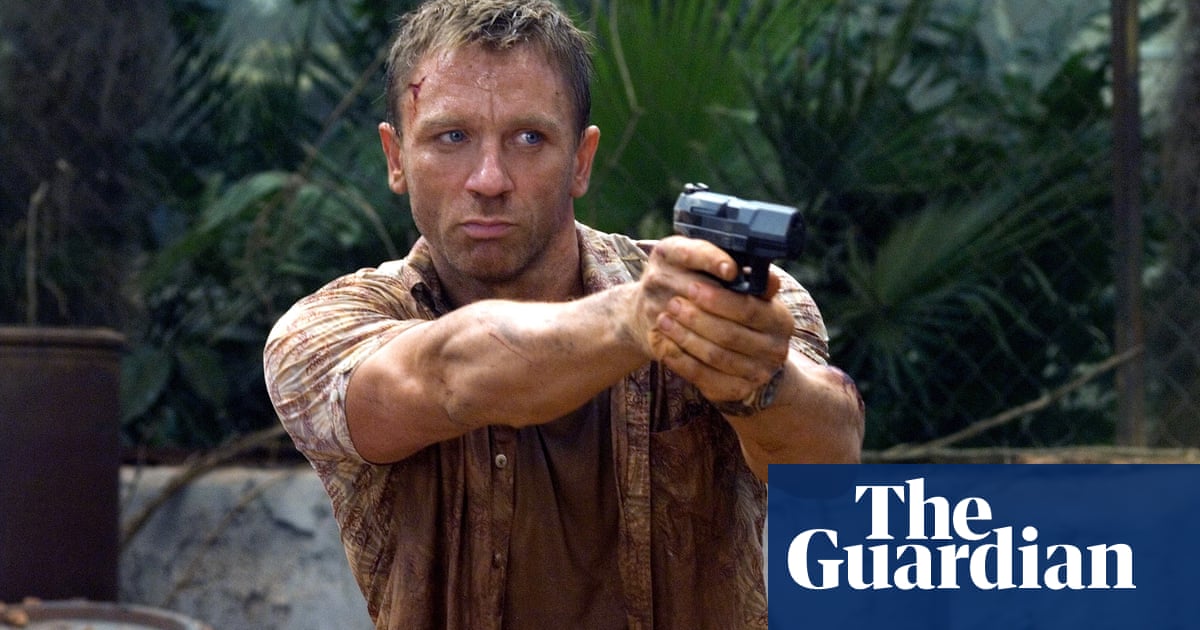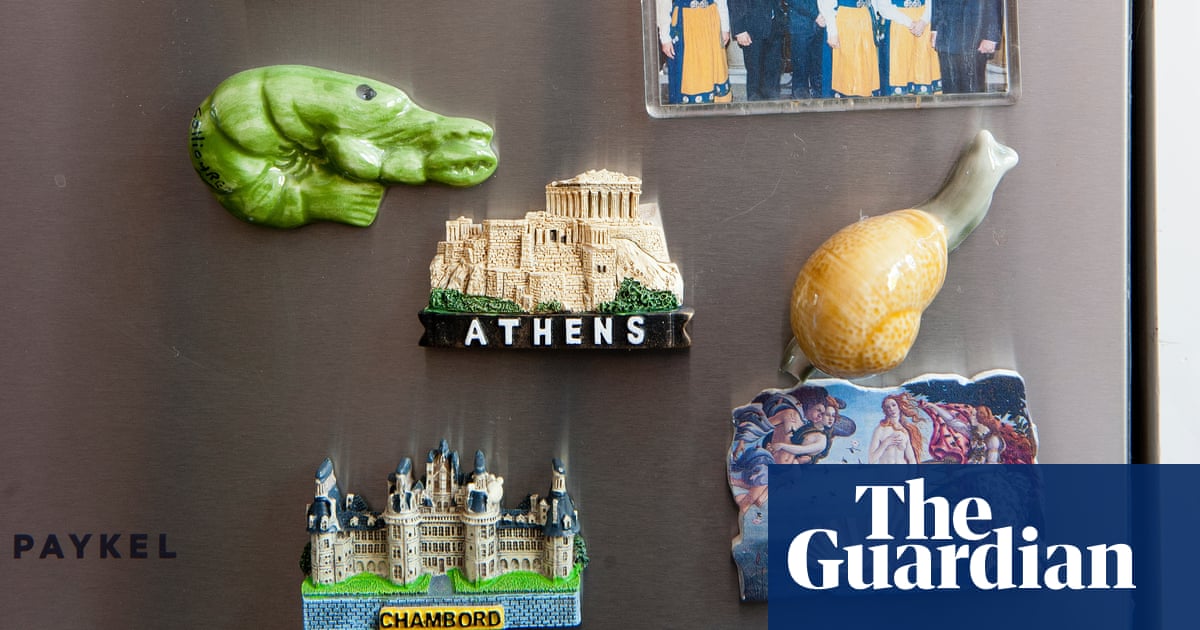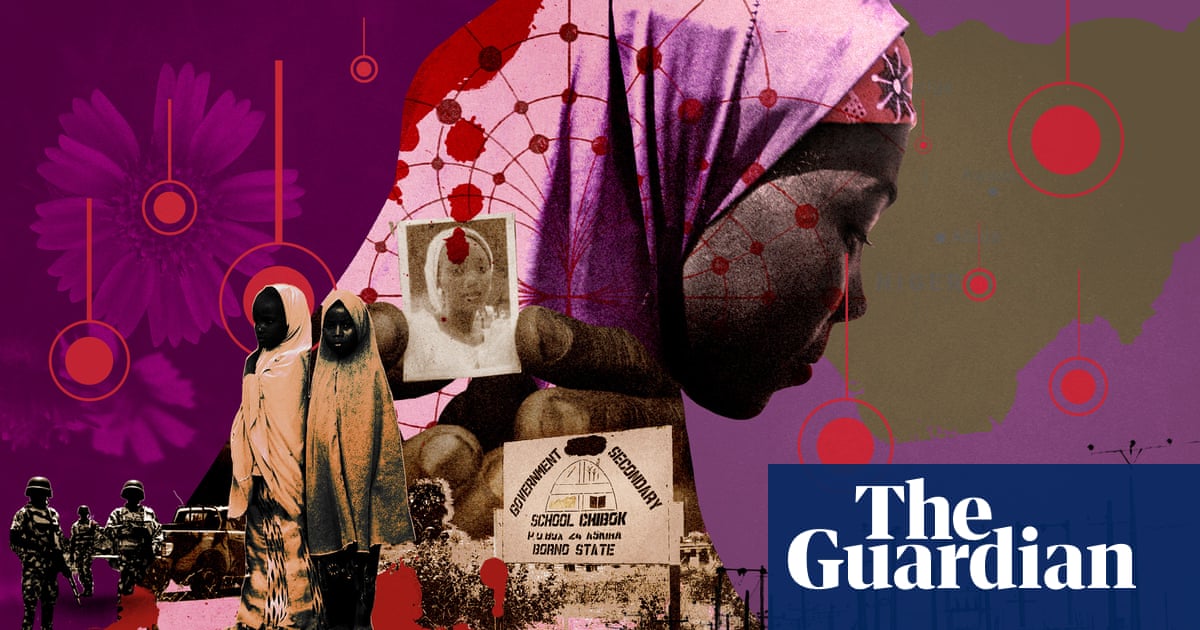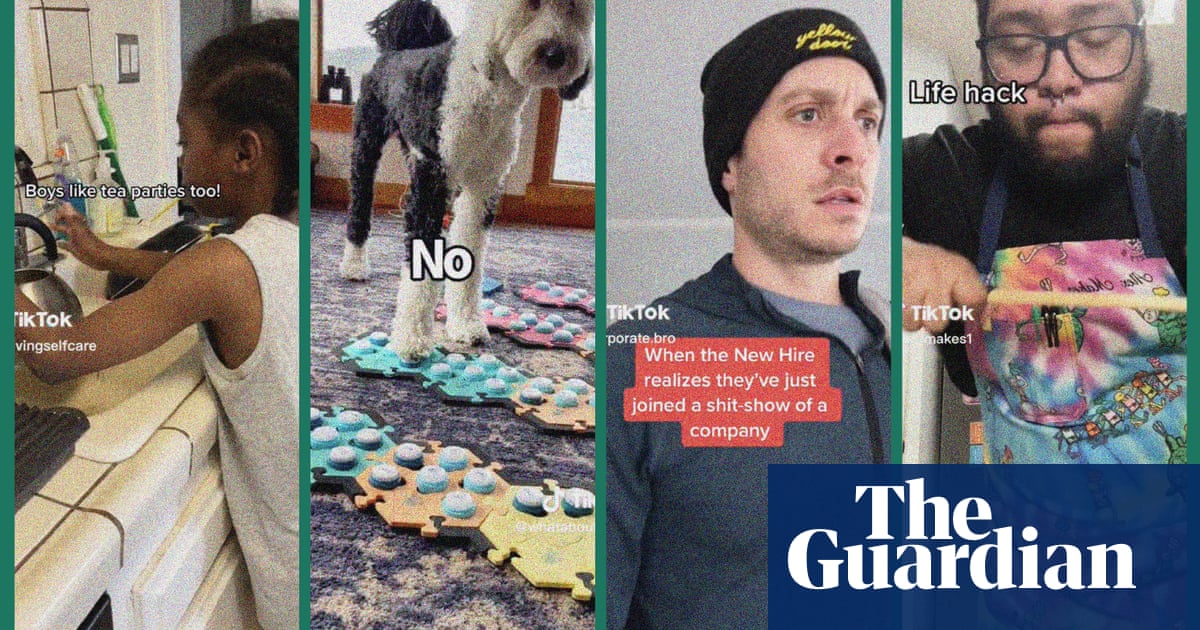
After Ed Sibley’s mother died in January he had a mug of tea tattooed on his forearm – “a memorial tattoo for Mum”. Her answer to nearly any situation, good or bad, was to make a brew, he explained.
But there was another motive: “She’d always hated them. I’d always wanted them. So I figured the time was right.” Sibley’s skin is now host to a magic wand, a pair of scissors, a skull, an astronaut and a wizard playing a keytar.
He is just one of a substantial cohort of millennials and generation X-ers now embracing the needle and ink as many shake off the disapproval of older parents.
Research by Ipsos for the Guardian shows that 37% of 35- to 54-year-olds in the UK now have at least one tattoo. It is the same proportion as 16- to 35-year-olds and almost double that among 55- to 75-year-olds.
Getting inked is now seen as a way to mark the rites of passage of middle age: retirements, 50th birthdays and bereavements. And it is increasingly acceptable in the world of work. Middle-aged people are now twice as likely to believe there is no need to cover up tattoos in the workplace than the oldest generation, the polling shows
The most popular images are flowers, butterflies, children’s names, tribal designs, hearts and stars, but the new permissive atmosphere, coupled with the relative wealth of people getting tattoos in later life, appears to be resulting in a creative flourishing. While some say they have had to calculate how a new tattoo might look on wrinkly, saggy skin, Guardian readers have shared hundreds of images of striking, inventive and emotionally moving tattoos.
Jules Andrews got a massive Julie Andrews backpiece in a gilt frame, in memory of his late mother who loved The Sound of Music. Another, a print artist, had paper dimensions inked on to his forearm. A father had a tattoo of the footprints of his deceased premature baby and said: “It turned out to be one of the best decisions of my life.”
Inevitably, given the permanence of tattoos, there is also regret, including from a 62-year-old man whose lavender sprig inked into his right calf looks like a cycle chain oil mark and a 41-year-old council officer from Croydon who inked Russian song lyrics on his arm and now feels “bad having on my arm something written in the language of what has become a fascist country”.
One mother from Surrey, who argued for a two-week cooling off period before you can be tattooed, said: “My son (stupid boy) had his girlfriend’s name tattooed in 2in tall letters across his shoulders, a decision he regretted later which cost a fortune to have covered up.”
One estimate suggests the number of tattoo studios in the UK more than doubled from 2014 to 2023 to nearly 3,400, although that growth appears to have plateaued.
Reasons for getting inked advanced by those who got tattoos in later life cluster around key themes: marking changes in life or traumas; humour; expressing life values; showing love for family and friends; reflecting literary or musical passions and improving body image.
Ferg Ferguson, 54, a retired teacher from Scotland, marked his 50th birthday by asking 50 friends to choose a tattoo design. He has spent the past few years getting them inked. His body bears the logo of a Glasgow nightclub, a cartoon frog, a Rolls-Royce logo, a portrait of Bob Hope and half an avocado.
“There are some I’m not too keen on,” he said. “However, when I look at the pictures I don’t see the picture per se, I see my friends.”
Monica Hall, 55, from Hornchurch in Essex, wanted something to signify the bond with her daughters after she had to ask their alcoholic father to leave.
“What we came up with was the Powerpuff Girls,” she said, referring to the American animated children’s TV show. “All three of us got the same tattoo.”
After his prematurely born son, Sam, died at five weeks old, Merlin Robertson, 50, had an image of his footprints inked on to his skin, to “do something permanent for him”. Claudia, 61 mixed her husband’s ashes with the ink after he died of cancer to create a poppy.
The number of people with tattoos appears to be growing. In 2022 a poll by YouGov found 26% of UK adults had a tattoo, while the similar Ipsos question for the Guardian more than two years later puts it at 31%, close to the US level of 32%, according to 2023 Pew Research. If the polling is right it suggests more than 14 million adults in the UK now have tattoos.
Some people use them to reflect a trauma or difficult experience. Zoe Clarkson, who was deployed to work in a mortuary during the Covid pandemic, has tattoos of a mortician’s tools. “[I] struggled a lot afterwards,” she said. “This is my memorial to what I saw and did, and how I carry it with me.”
Madeleine Cowell, a charity fundraiser from Eastleigh, etched a woman climbing a ladder next to her self-harming scars, which themselves looked like rungs. “It’s become the ultimate reminder for me that you just have to keep going and things will improve,” she said.
The centrality of work in many of our lives has inspired some unusual choices. Daniel Catt, 52, a print artist in Shrewsbury, was forever checking sizes before buying paper or sending things off to be printed, so had paper sizes tattooed on his forearm. Christian Plowman, 50, a retired undercover police officer, said he got a tattoo to embellish a cover story that involved Russian links. It was a scroll with Russian script saying “my beautiful mother”, in memory of a fictional deceased mother.
Paul Kendall, a retired sound engineer, had the fader of a Neve console tattooed on his left forearm “to recognise the end of my 30 years of knob twiddling”. He sent a picture of it to the company, but they didn’t respond.
Many of those who got tattoos in later life are keen to represent values they have settled on. David Thompson, 58, a chef in Blackpool, commissioned a huge backpiece tilted “Greed” featuring the words: “Only take what you need.”
“I kept on dreaming about it for two to three years, so I made it happen,” he said. “To me it’s a statement of what could be.”
In Scotland, Brad Oliver, 69, expressed his opposition to war with “a full thigh of Guernica by Picasso”. Michael Ormond, 46, chose the Dymaxion world map, created by the visionary US engineer and architect Buckminster Fuller, because it showed “the world is really one island and that we have enough resources, but fail to distribute them”.
Slightly more women (33%) are tattooed than men (28%), the polling found. Several women said they got tattoos to boost body confidence. Melanie Brehaut in Belfast said her tattoos demonstrated her love of music and geology, but added: “I’ve always hated my body, so tattooing it makes those parts more acceptable to me.”
And then there are the completists. Richard Fisher, 37, an associate director at an architectural design company, is part way through having a full Japanese body suit, which is playing a key role in his recovery from cancer.
“Whatever anyone says, tattoos hurt and they should,” he said. “Some areas more than others. It’s an ancient thing and I think there is something incredible human about it. We shouldn’t always be scared of pain: maybe it’s a reminder that we are alive.”












